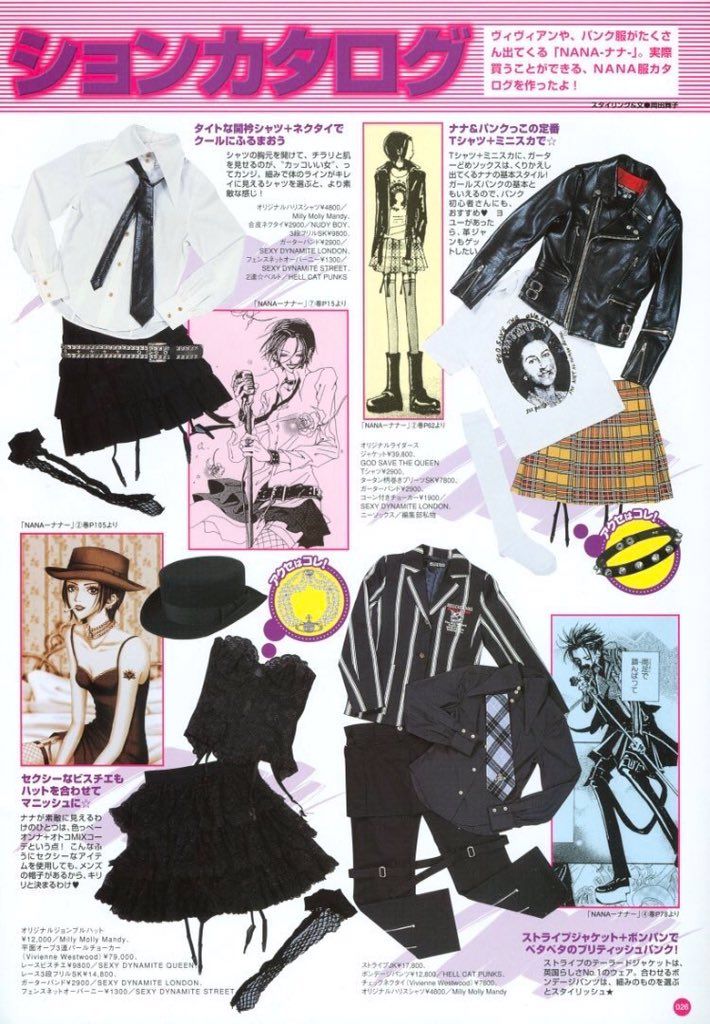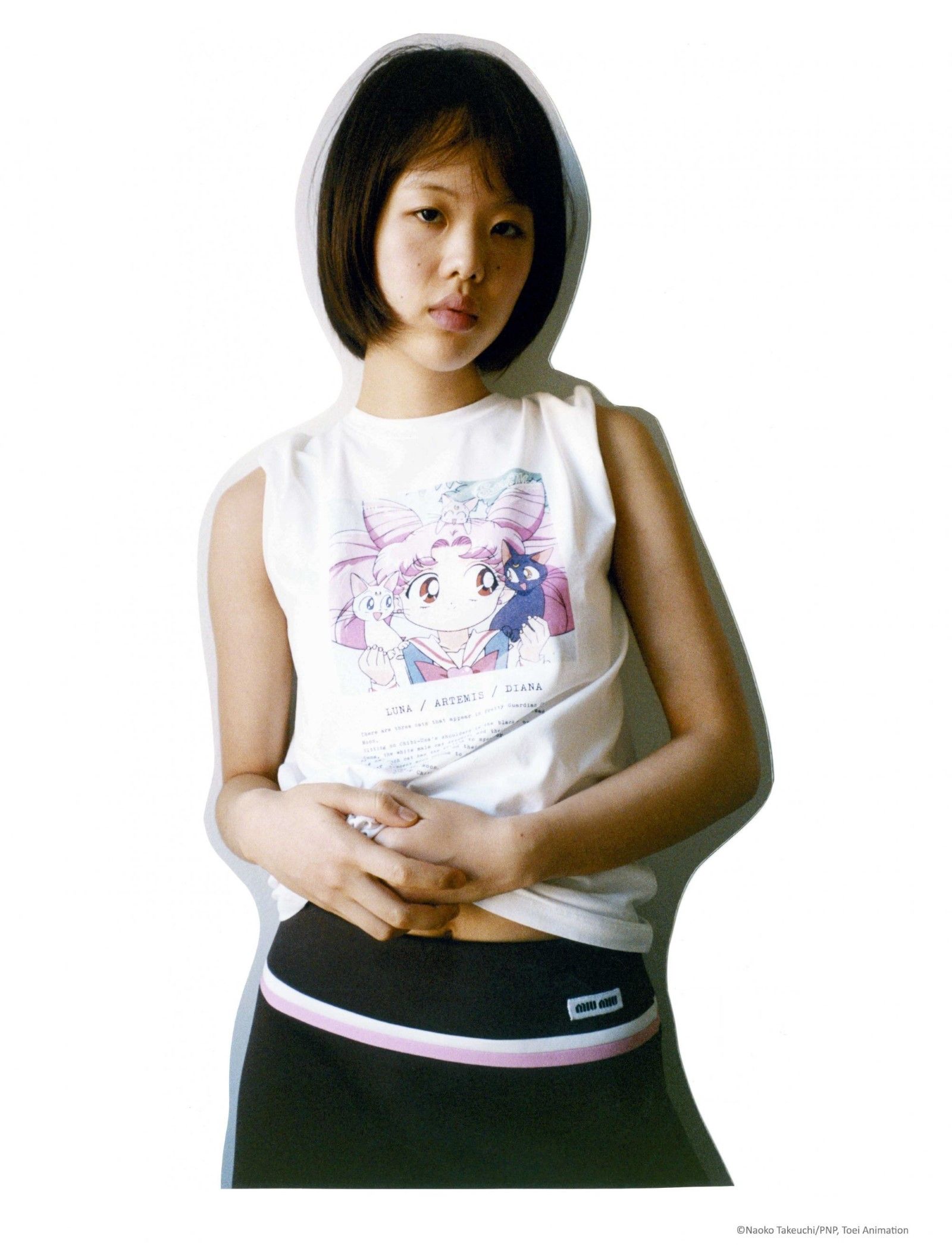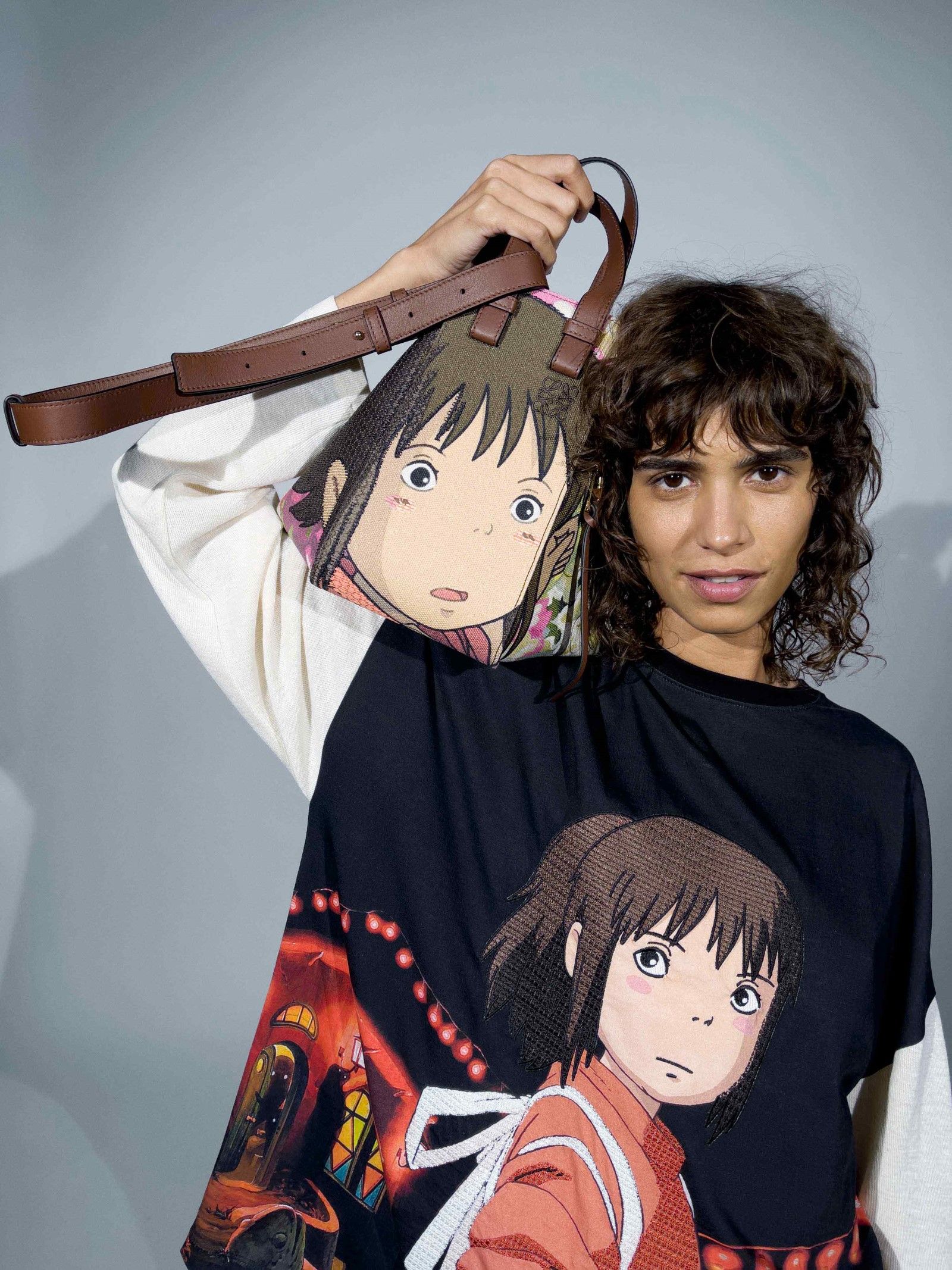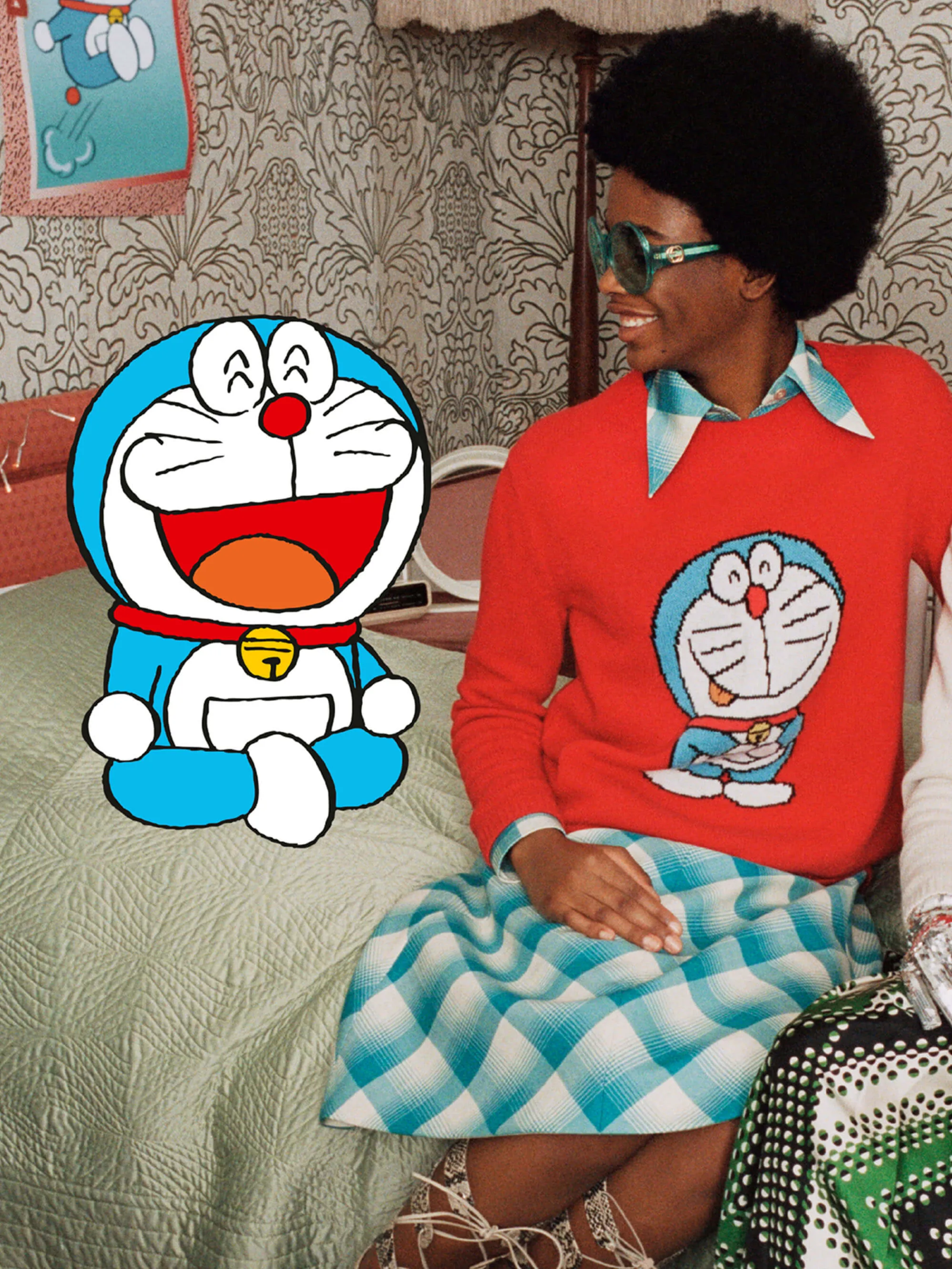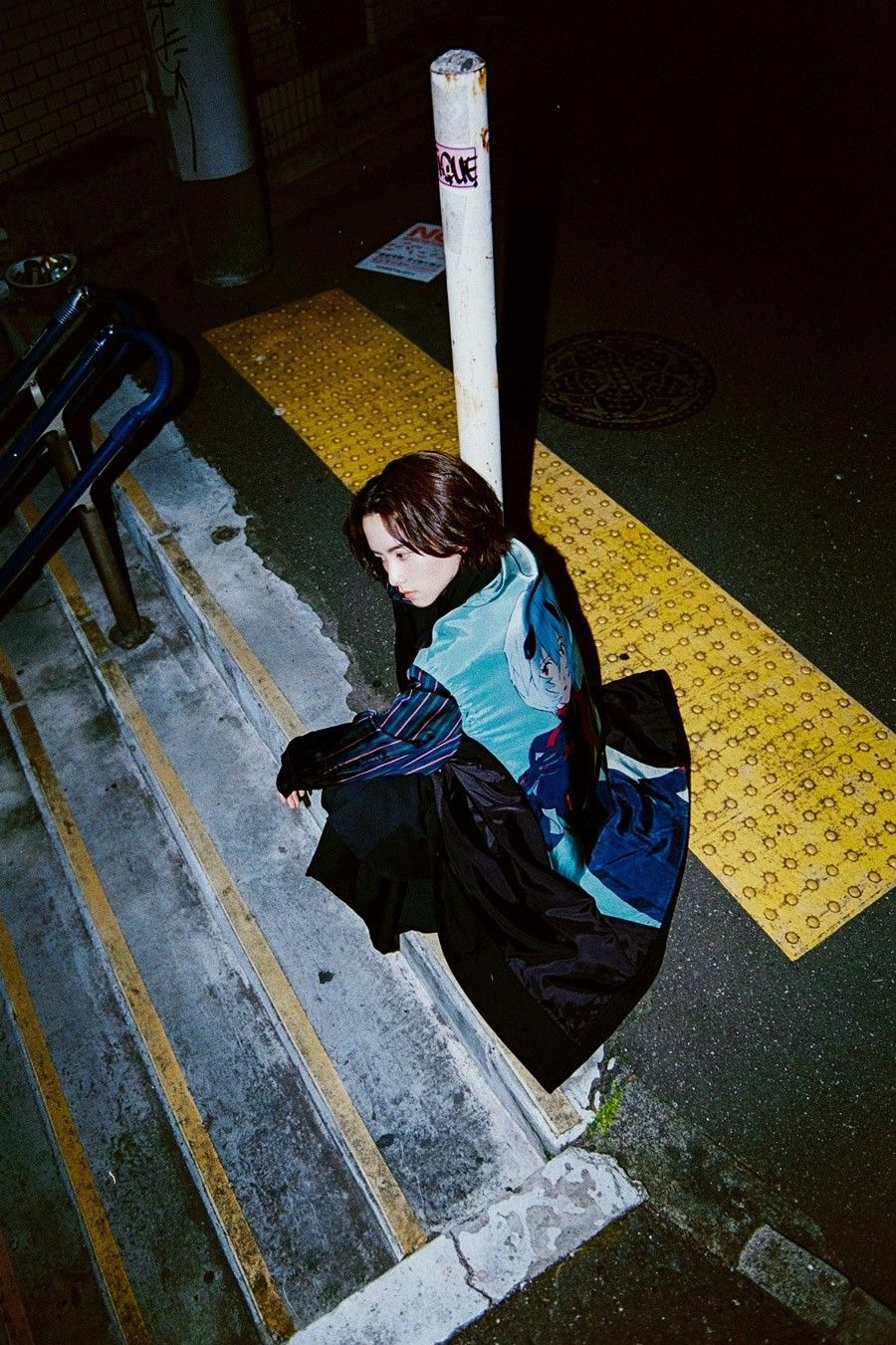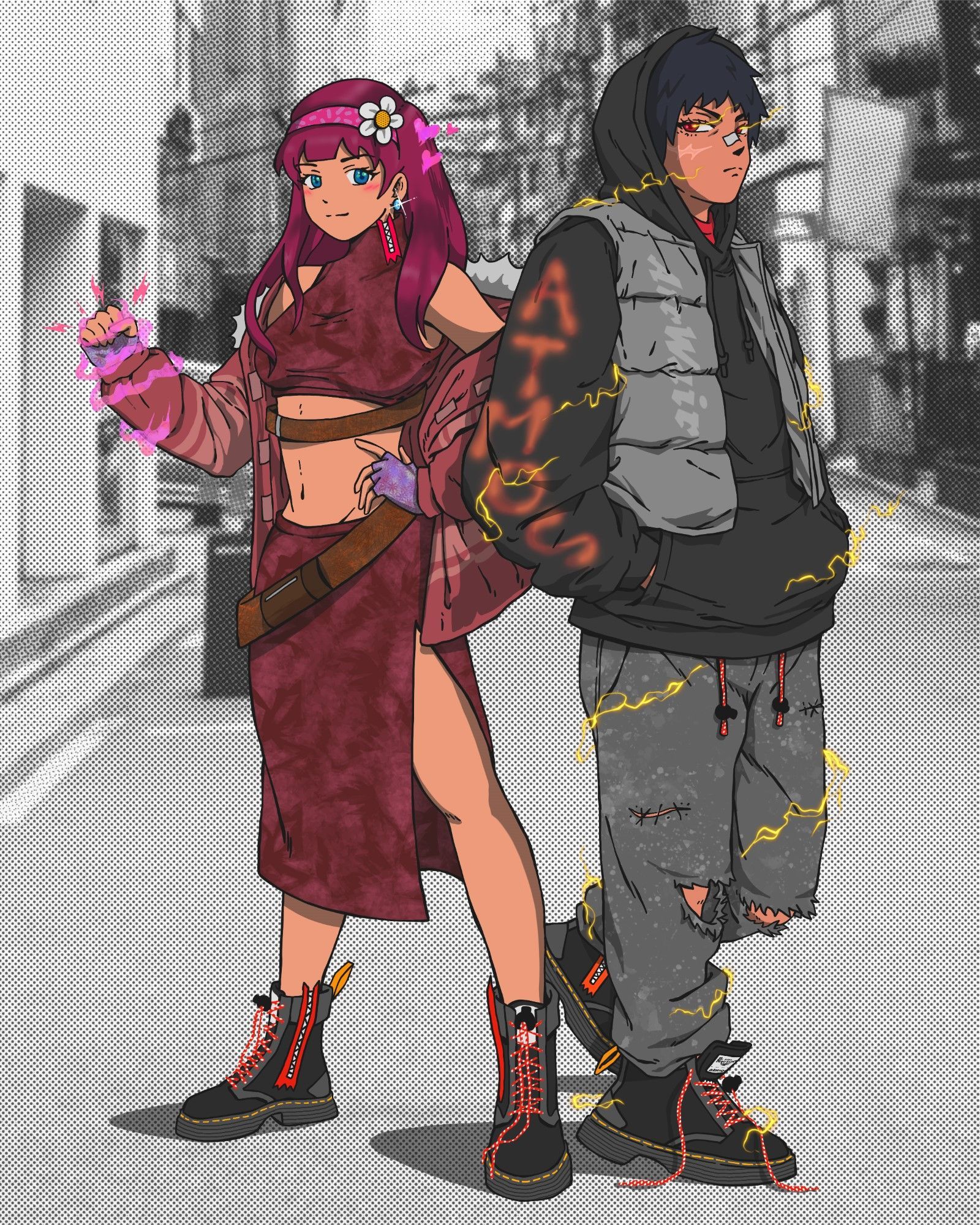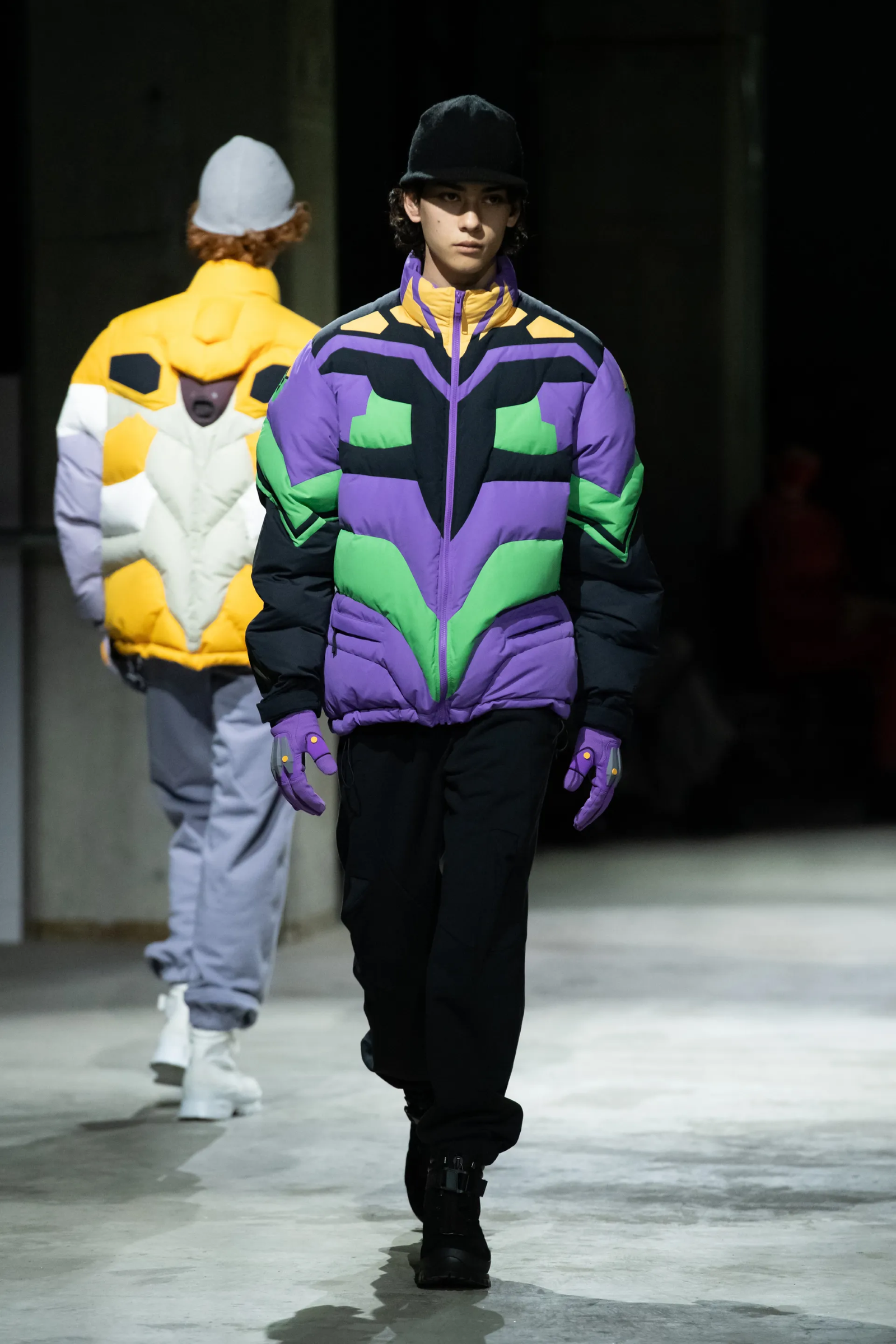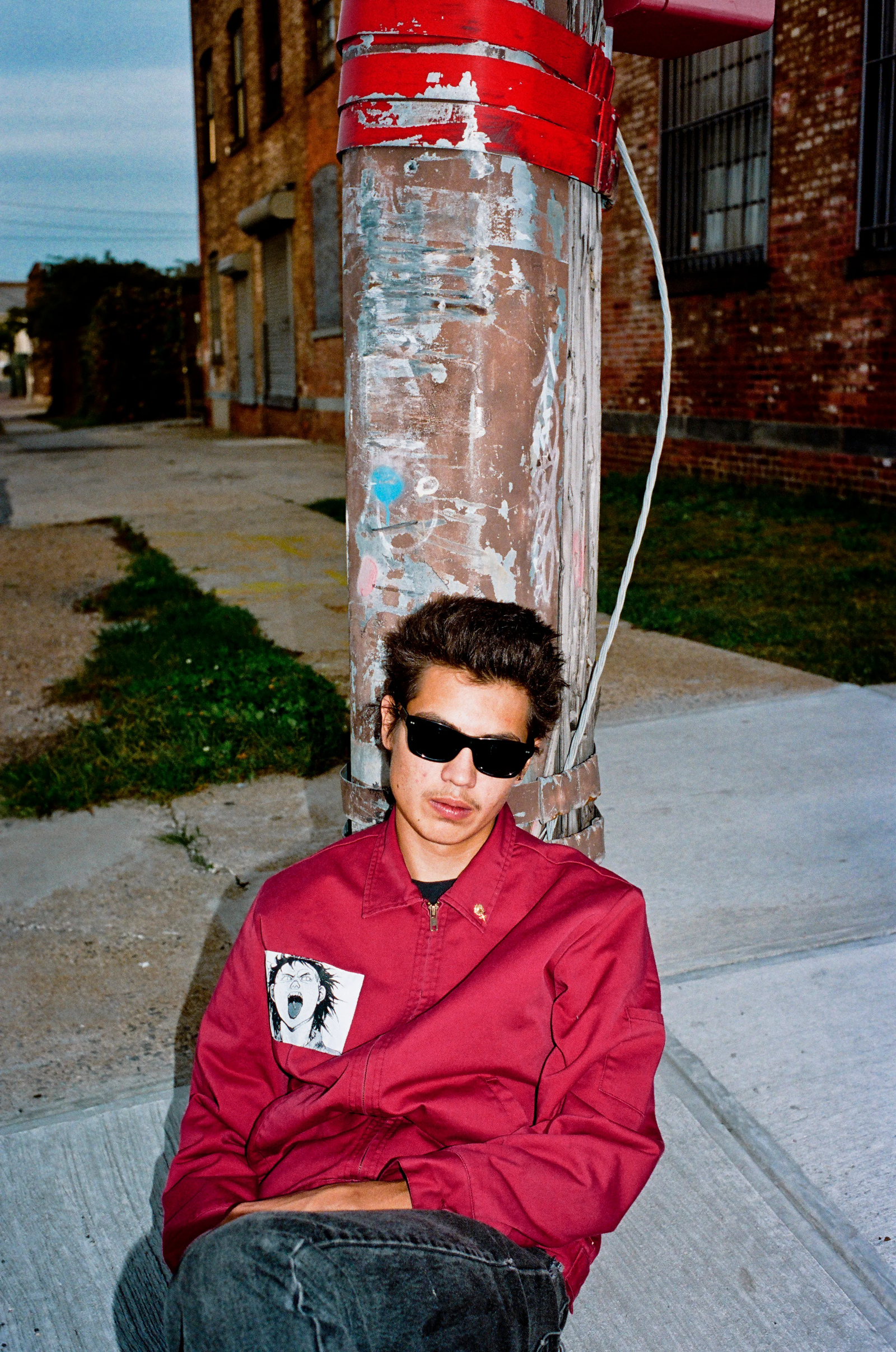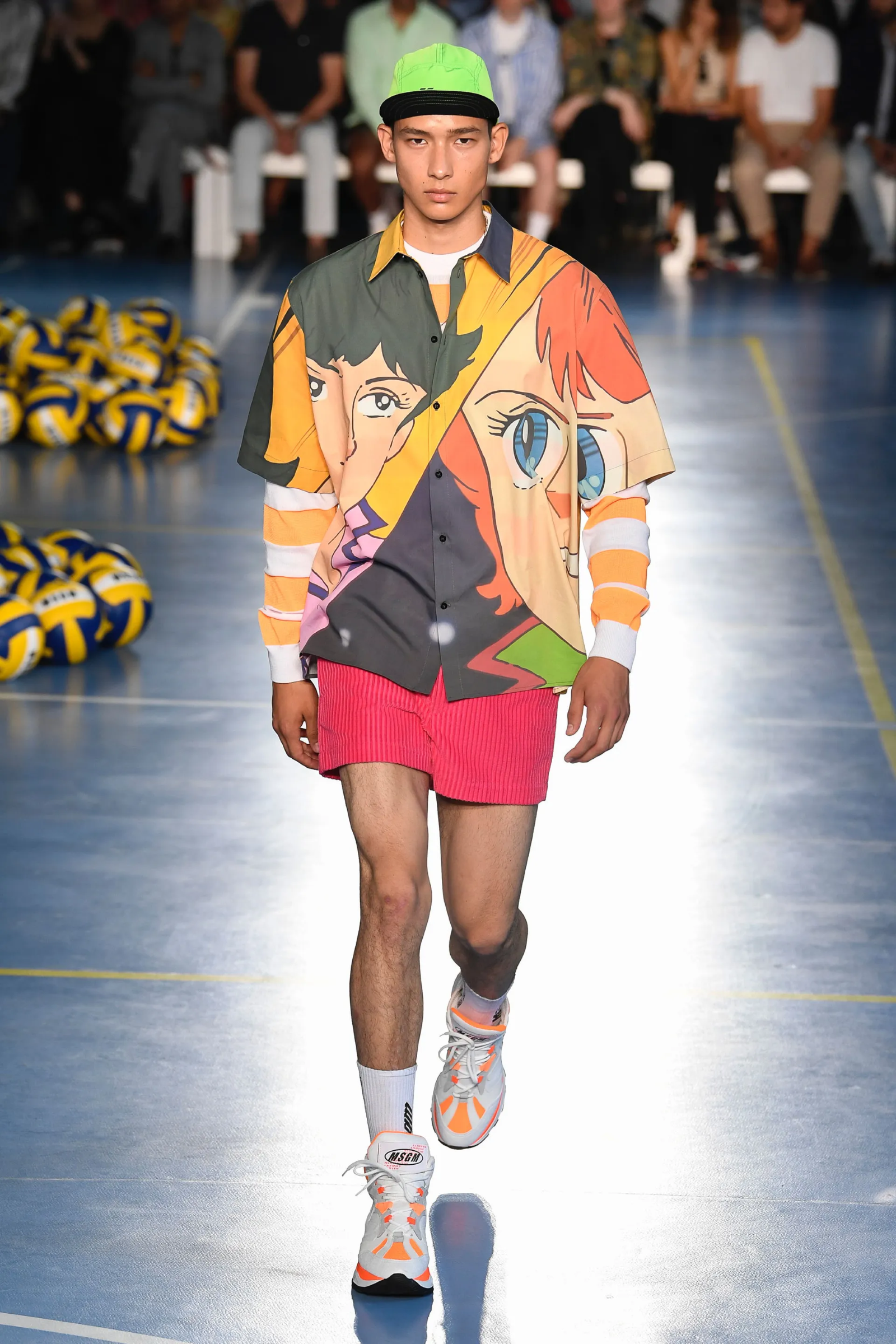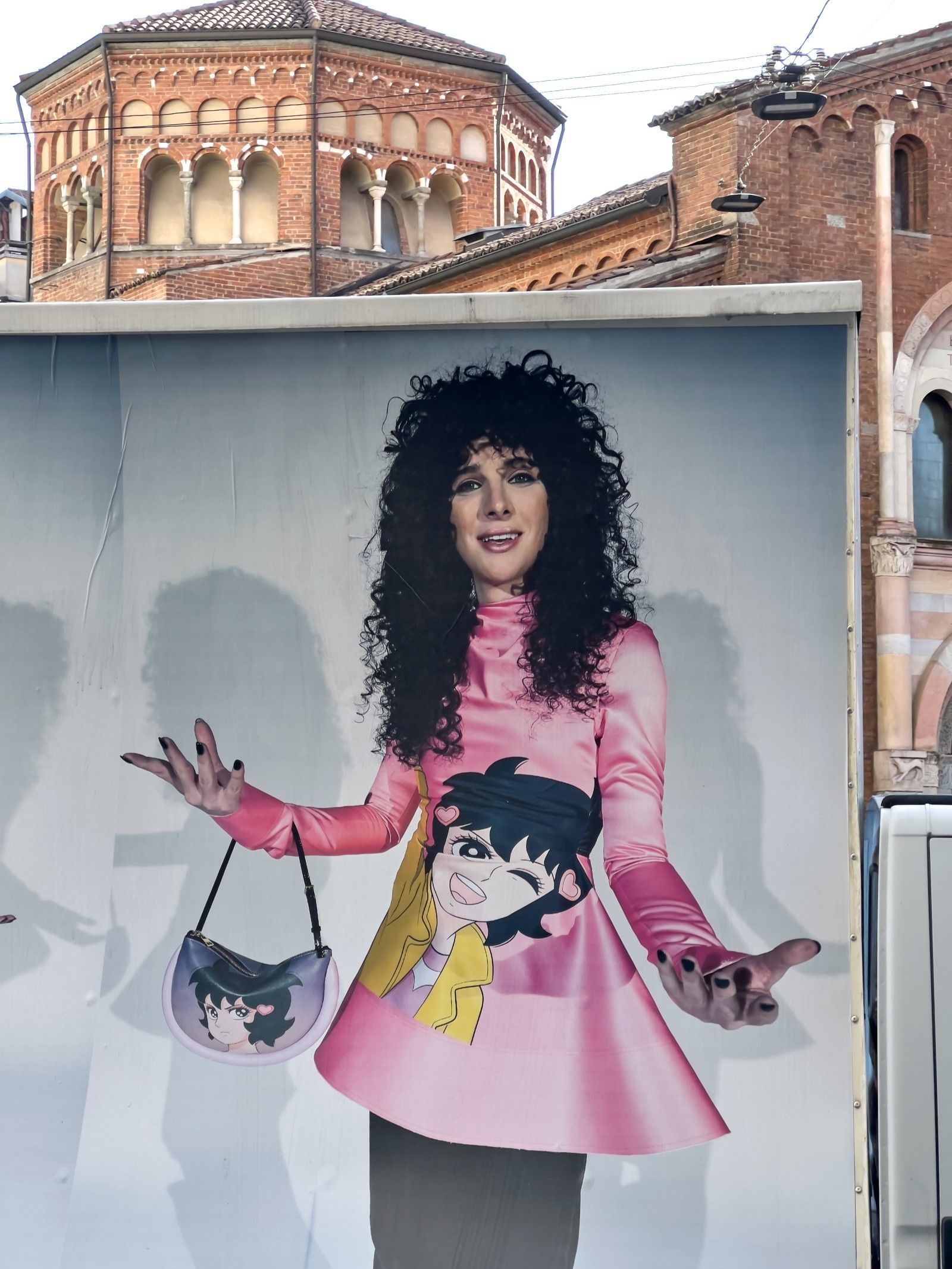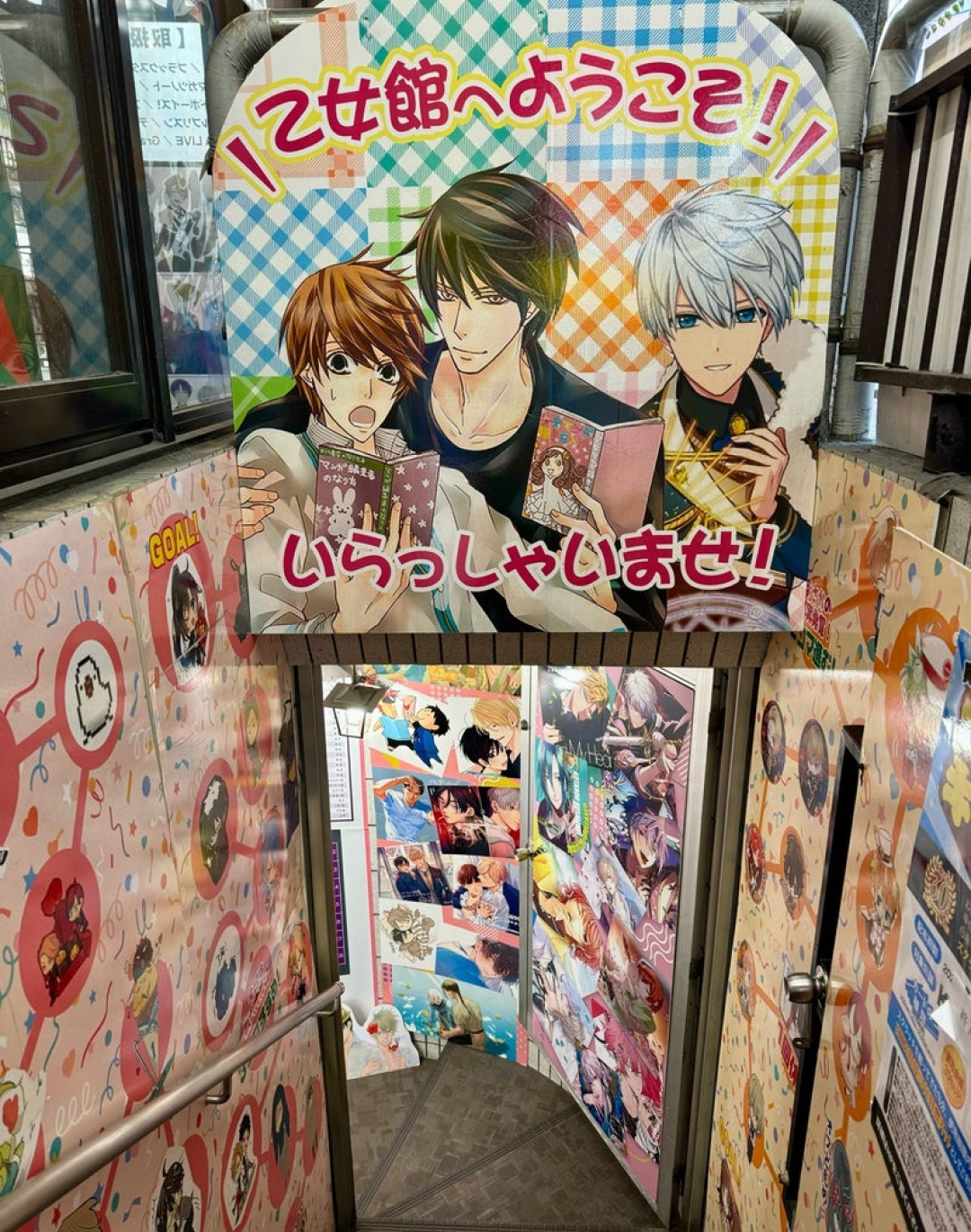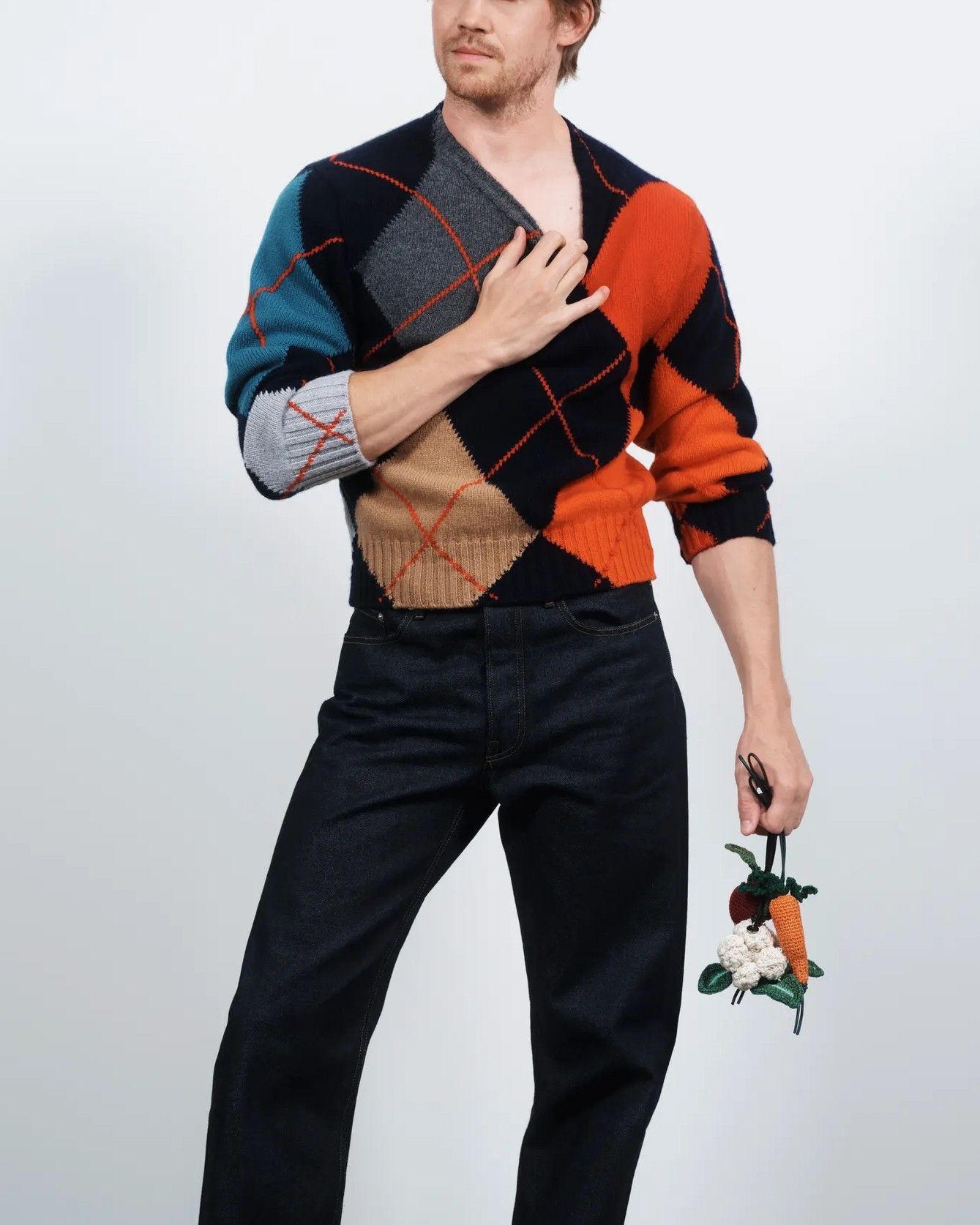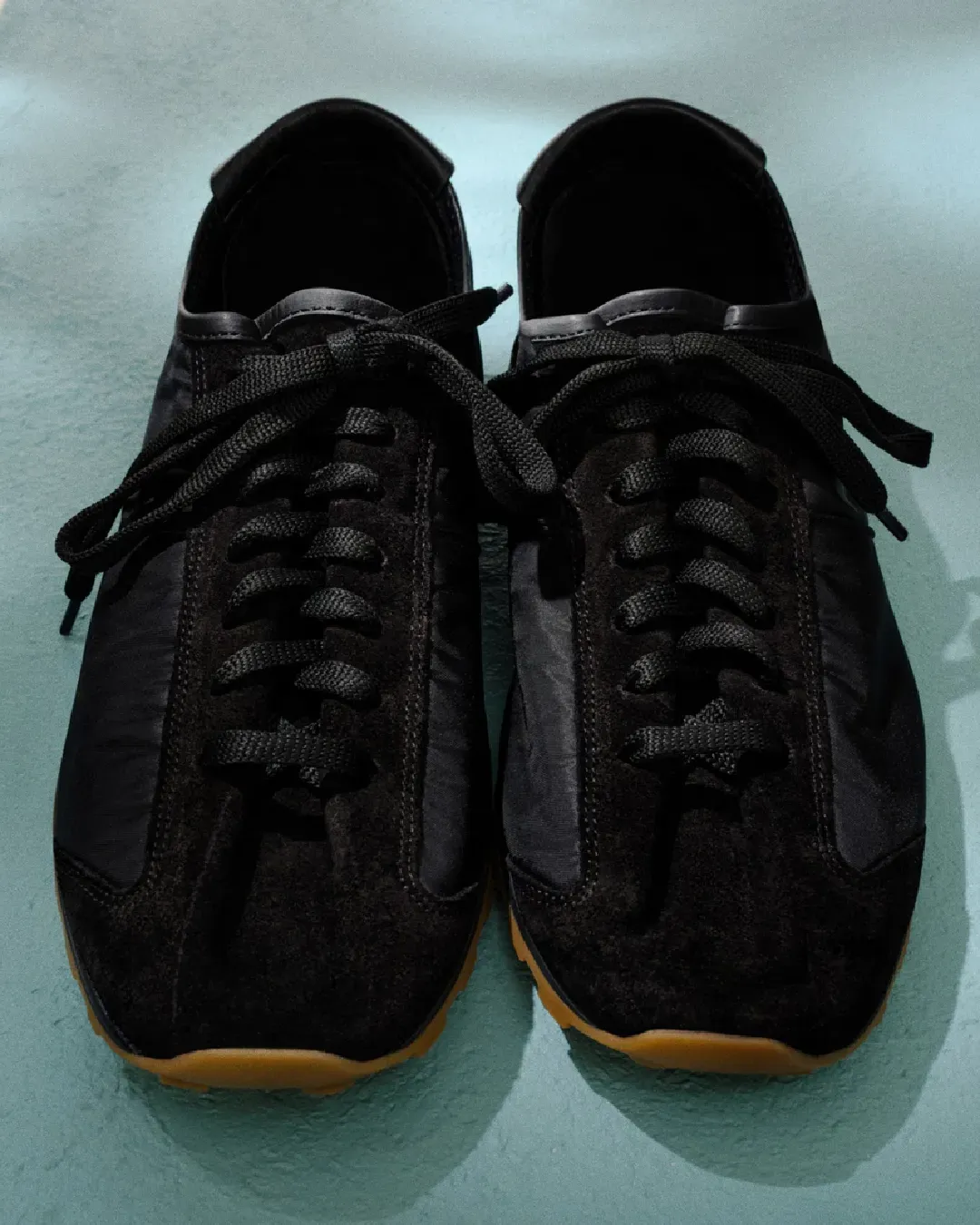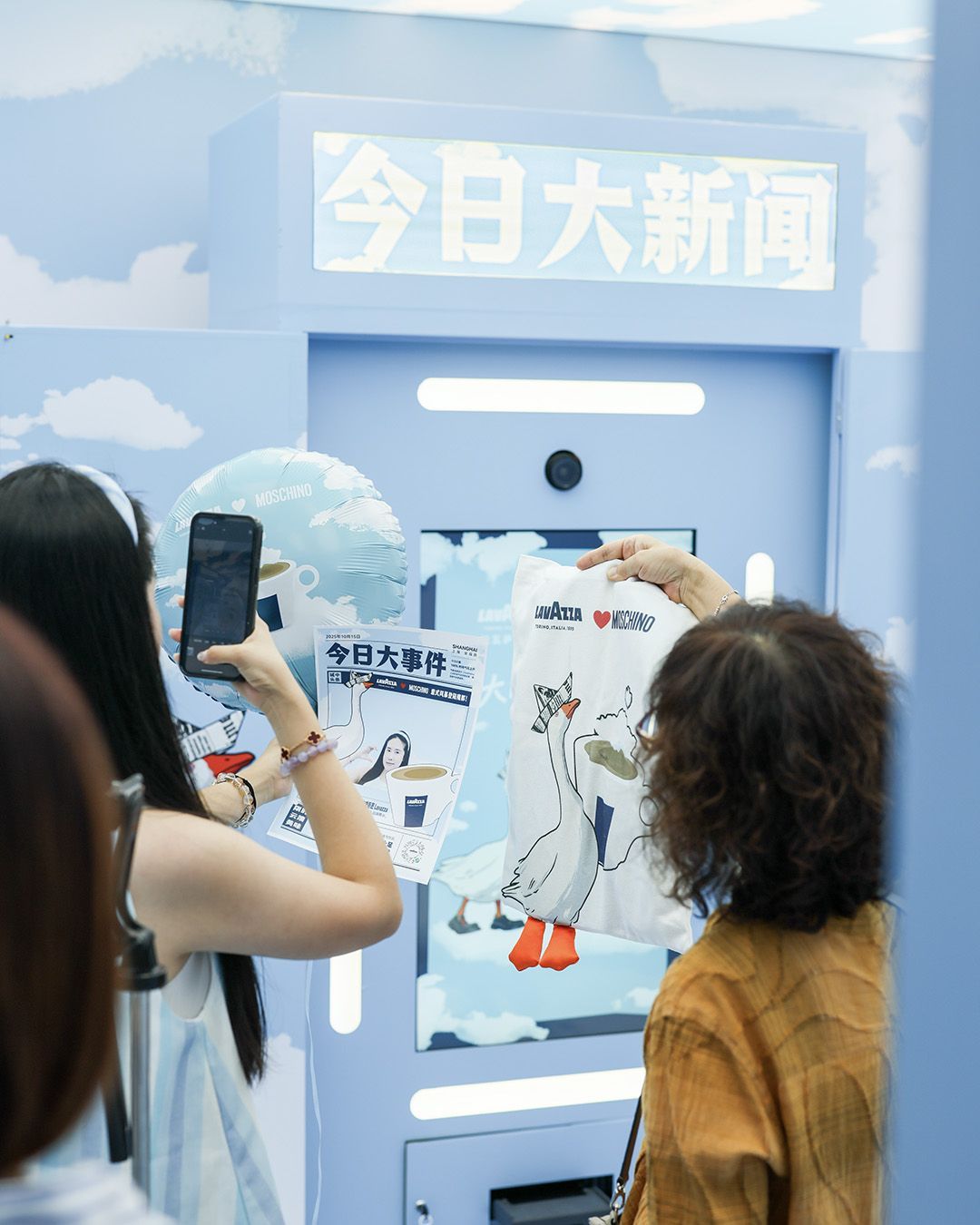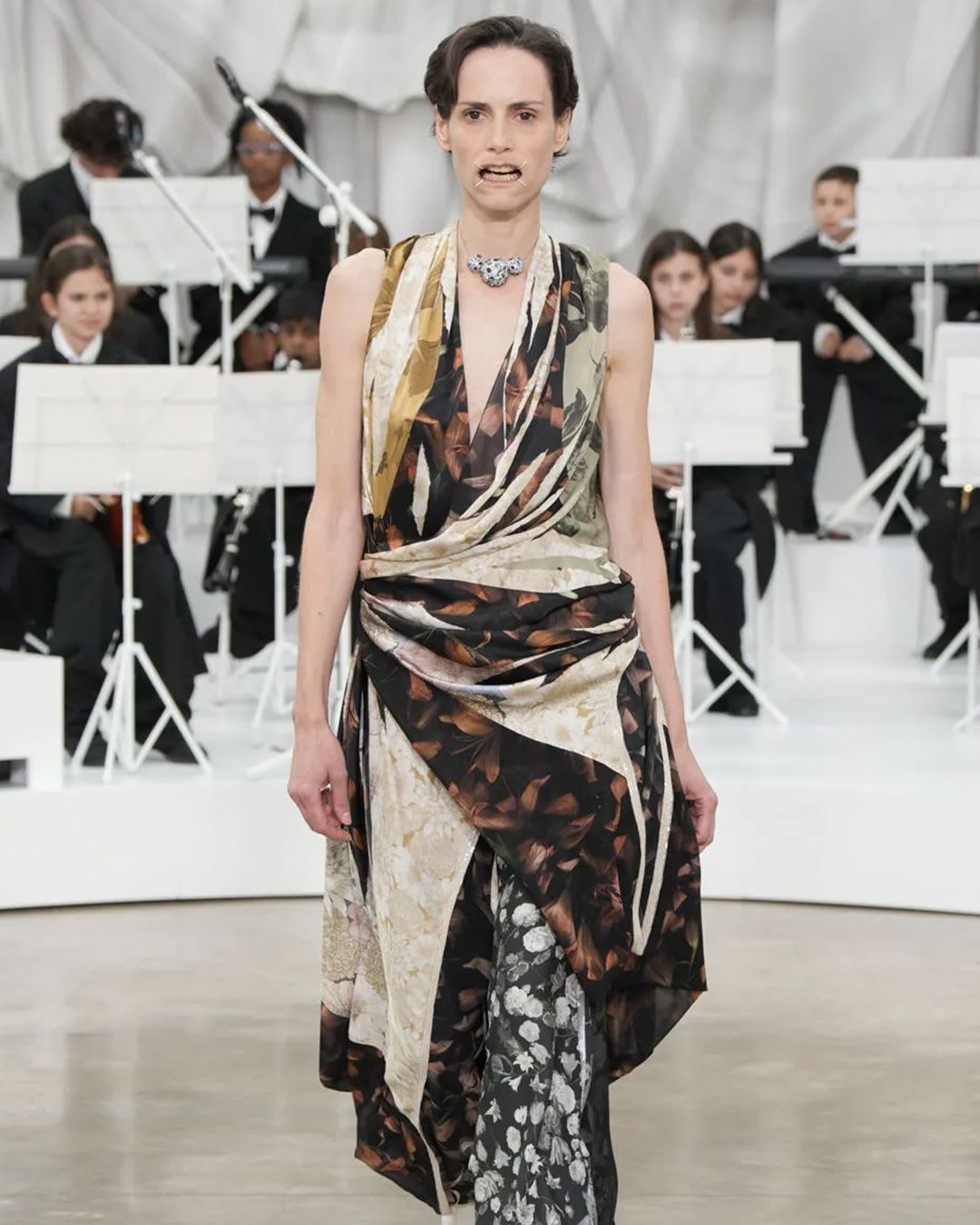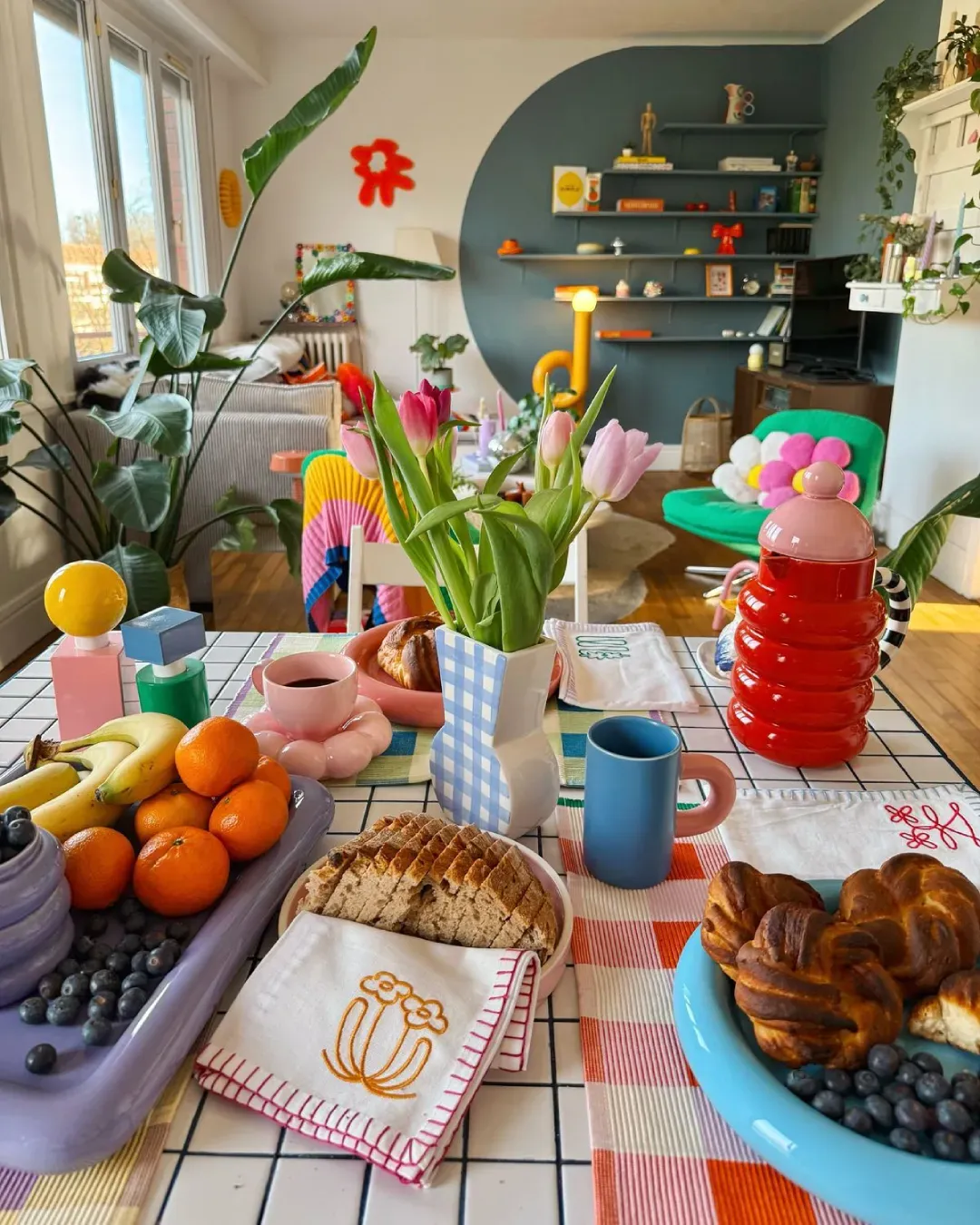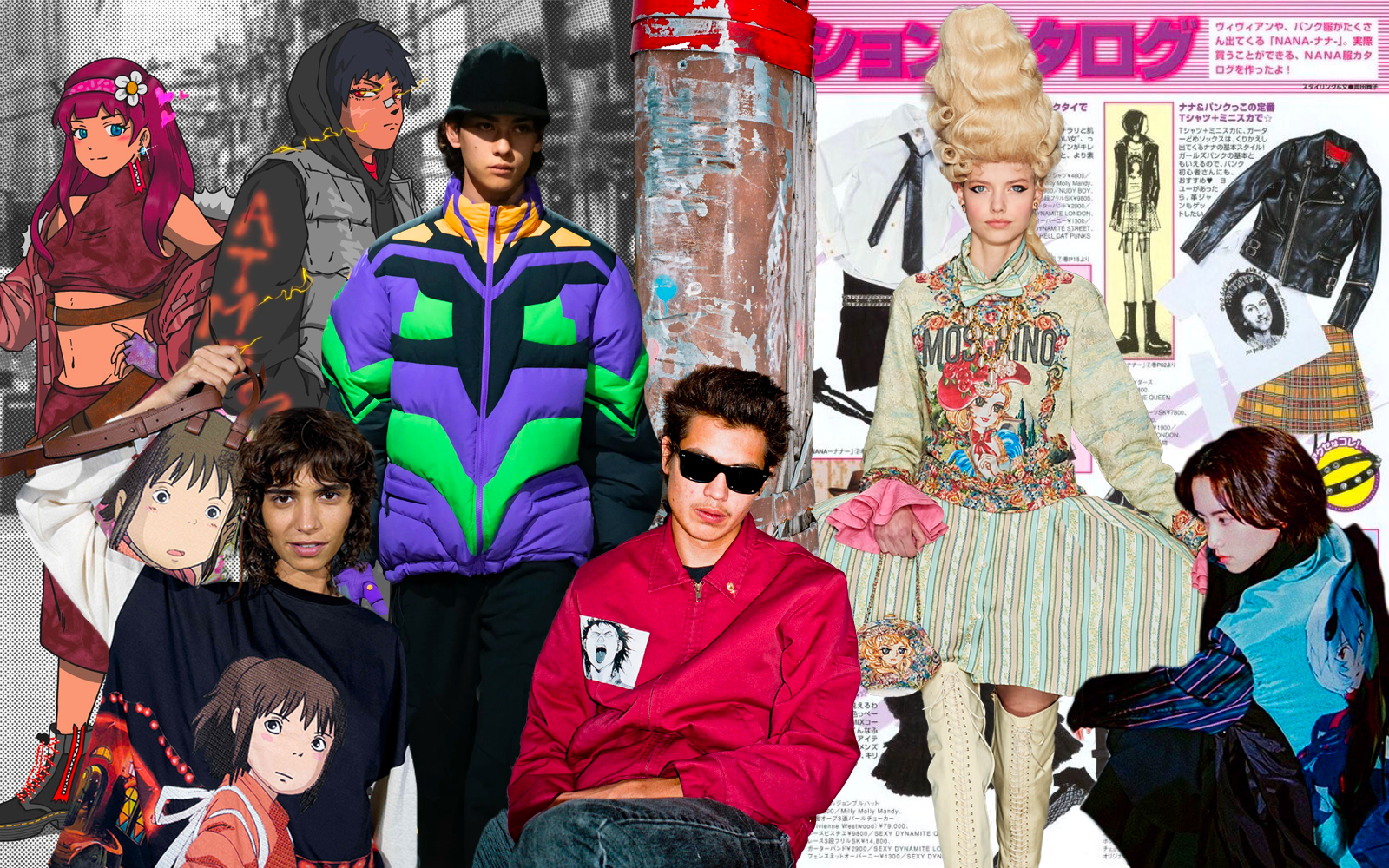
The world of fashion/anime collaborations according to @sabukaru.online We talked about this with Adrian Bianco and Casey Takumi Omori, editor-in-chief and senior editor of the Japanese magazine
In recent years the worlds of fashion and anime have been on a collision course: from the annual capsules that Loewe has dedicated to the films of Hayao Miyazaki, to the Gucci x Doraemon collection, passing through the Moschino x Lady Oscar collab, JW Anderson x Run Hany, Coach x Michael B. Jordan + Naruto, MSGM x Mila & Shiro up to the collab with Neon Genesis Evangelion by Undercover and Ground Y and going back to the early 2000s with the collaborations between Yohji Yamamoto and anime like Astro Boy and Ultraman. This relationship between anime and fashion brands, which renews itself every year spontaneously, without riding a real trend, has become something constant over time. The reason, according to Adrian Bianco and Casey Takumi Omori, editor-in-chief and senior editor of @sabukaru.online, is generational: «Anime really got recognized in the west around 1990, when Akira made it overseas. At the time, no one from the west had much background knowledge on anime, and it wasn’t as big a thing it is today […] But those people have grown up with anime now, and they are the ones working in every industry today, and fashion is one of those industries. So, the excitement comes naturally».
Symbol of cosmopolitanism, nostalgia for childhood, effect of the new importance of Asian markets, return of the early 2000s aesthetic - the success of anime in fashion is tied to a series of concauses that ultimately speak to the enormous cultural relevance of an entertainment genre that has defined the Millennial generation and will continue to define Gen Z as well considering how Netflix, HBO Max and Disney+ are all trying to ride the momentum of the anime boom that occurred during the pandemic. «It’s not that the fashion world has just started to look into anime», the two explain, «but that anime itself has become so much more globally recognized & relevant in today’s culture».
In fact, a lot of time has passed since the days of Akira and Kanye West's Stronger video, and it's not only anime that has multiplied, but also its fruition that has expanded on a large number of platforms, just as its production has become international, as in the case of Super Crooks, released last year on Netflix under the dual American and Japanese flag, or Avatar: The Last Airbender, an animated masterpiece that recaptures the aesthetics and themes of 90s anime but is completely American and animated in South Korea. Their popularity is such that even during the last Tokyo Olympics the theme songs of anime like Attack on Titan or Ghost in the Shell were played during the competitions. But when that same aesthetic has to find a translation into fashion, things don't always work out. There has to be a balance between the two elements: «If a collab leans too much on the fashion side, it might just be better without the anime element. You might not want a giant Naruto print on the back of a perfectly tailored jacket», Adrian and Casey say, «But if a collab leans too far to the anime side, then why even do the collab? If you replace the fashion side with a different brand and it still produces the same outcome, the collab isn’t worth it».
#Tokyo2020#OlympicGames#Olympics#Basketball#バスケットボール
— 歌姫・ローラン 生きてるなら燃えてやれッ (@Utahime_Laurant) July 26, 2021
They played Slam Dunk opening!!
君が好きだと叫びたい
Thank you so much Japan for this amazing Olympic Games with great music!!! pic.twitter.com/UfuatUciWO
Thus, the question of culture remains. Anime helps fashion sell, but does fashion help anime find new audiences? The gold standard remains, as always, the unsurpassed collaboration between Undercover and Neon Genesis Evangelion or the historical ones signed by Yohji Yamamoto. « There were probably a bunch of people who knew about Eva but hadn’t seen it before, who gave it a go after seeing the collab». But the state of affairs is not always so positive. «Most of the fashion/anime collabs happening today are happening because the anime itself is already popular. It’s cool to have a brand collaborating with an anime that no one knows about, but fashion isn’t just about clothes, you also have to think of it from a business perspective too». A business that, we might add, is now global and, in some ways, also trans-cultural, and must therefore be able to express the same messages to multiple audiences. This can become complex in the case of anime, which is a popular product all over the world, but is, first and foremost, a Japanese product: «Fashion brands and anime are perceived differently by people inside Japan and out», elaborates Adrian. «People in fashion have certain tastes in anime, and people who like anime have certain tastes in fashion. Think of it as a Venn diagram, fashion on the left, anime on the right. If a Western brand is able understand both ends and land a collab in the overlapping area, it generally will be seen positively by Japanese people».










































